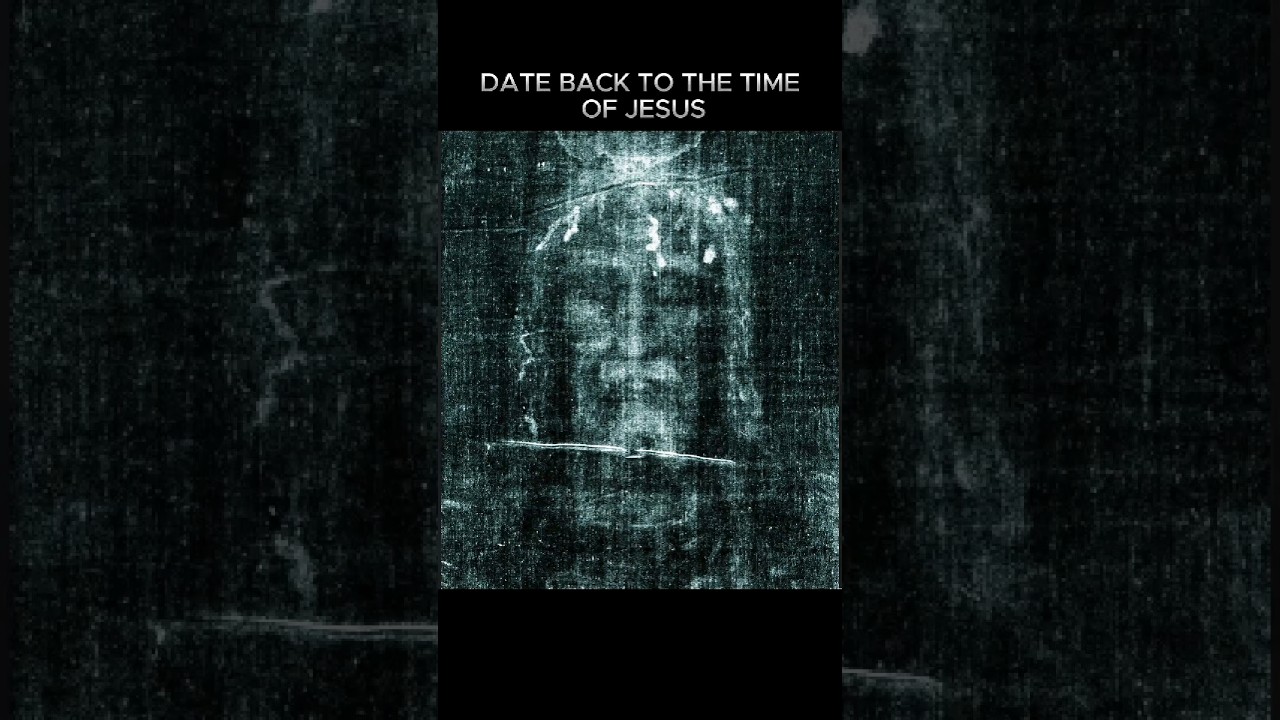A recent study by a team of Italian researchers has reignited the longstanding debate over the Shroud of Turin, a linen cloth believed by some to be the burial shroud of Jesus Christ. Published in the journal Heritage, the study suggests that the Shroud may indeed be a 2,000-year-old relic, aligning with the time of Jesus.
The Turin Shroud: A Mysterious Relic
The Shroud of Turin has been a subject of fascination and controversy for centuries. The linen cloth, which bears the faint image of a man, has been revered by some as the miraculous imprint of Jesus’ body, created at the time of his burial. However, the Shroud’s authenticity has been hotly contested, with scientific studies often yielding conflicting results.
New Findings Challenge Previous Research
The latest study conducted by Italian researchers employed a novel dating method on a sample of the Shroud. Using Wide-Angle X-ray Scattering (WAXS) to analyze the structural degradation of ancient linen threads, the researchers concluded that the Shroud could be around 2,000 years old. This finding challenges earlier research, particularly a pivotal radiocarbon study from the late 1980s, which dated the Shroud to between A.D. 1260 and A.D. 1390—centuries after the life of Jesus.
A New Perspective on the Shroud’s Age
The researchers found that their analysis was “fully compatible” with measurements obtained from a linen sample dating to A.D. 55-74. They suggested that under specific conditions—consistent temperature and humidity levels over centuries—the Shroud could indeed date back to the time of Jesus. This claim contradicts the established scientific consensus, which has leaned toward the Shroud being a medieval artifact, potentially a forgery.
Ongoing Debate and the Need for Further Research
Despite the new findings, the controversy surrounding the Shroud’s authenticity is far from settled. The study’s authors acknowledged that their results do not align with previous radiocarbon dating and called for more extensive and systematic X-ray investigations of additional samples from the Shroud. The debate over the Shroud of Turin continues, with uncertainties and alternative viewpoints making it difficult to reach a definitive conclusion.
Historical Context and Skepticism
The Shroud’s history is as contentious as its age. In 1389, the bishop of Troyes, Pierre d’Arcis, denounced the Shroud as a forgery, even claiming to know the artist responsible. Despite this, the Shroud has remained one of the most studied and debated artifacts in the world, attracting both devout believers and skeptical scientists.
Conclusion
The Turin Shroud remains an enigma, with the latest study adding another layer of complexity to its story. Whether the Shroud is a genuine relic from the time of Jesus or a medieval creation, it continues to captivate and challenge our understanding of history and faith. As researchers call for further investigation, the mystery of the Shroud of Turin endures, fueling ongoing debates and fascination across the globe.




